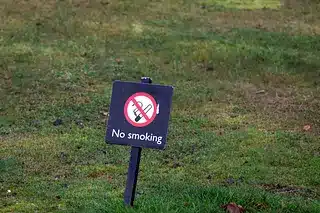Seabirds circle overhead as our ferry approaches Alcatraz, a windswept, fog-bound island brooding in the middle of San Francisco Bay. After we disembark, I climb the steep roads leading to the former jailhouse, eager to learn why Alcatraz has endured for so long as a symbol of American justice.
The site started as a fort in the early 1850s before becoming a U.S. military prison, a federal penitentiary, and, eventually, a museum. Much of the site’s current infrastructure was built by military prisoners, historian Jolene Babyak tells me on a phone call after my visit.
“A lot of these prisoners were literally breaking rock,” she says. “They all went home and talked about that devil island.”
Why We Wrote This
Alcatraz started as a fort in the early 1850s before becoming a U.S. military prison, a federal penitentiary, and, eventually, a museum. We aimed to explore why it has endured for so long as a symbol of American justice.
Ms. Babyak spent part of her childhood in the 1950s on the island because her father served as acting warden. She says Alcatraz didn’t house the most dangerous criminals, but the most difficult to manage. The most notorious in its inaugural class in 1934? Al Capone.
But even in its prime, Alcatraz was crumbling. Harsh winds and salty air chewed through concrete and corroded steel, enabling some famous – but failed – jailbreaks. The prison’s sewage was dumped into San Francisco Bay. Drinking water and food had to be brought by barge from the mainland. President Donald Trump recently showed renewed interest in reopening the prison. But according to the Federal Bureau of Prisons, by the time the prison finally closed in 1963, Alcatraz was almost three times more expensive to operate than other federal correctional facilities.
These days, Alcatraz remains larger than life in American mythology, memorialized in no fewer than five major motion pictures. “It was the height of punishment,” Ms. Babyak says.
For more visual storytelling that captures communities, traditions, and cultures around the globe, visit The World in Pictures.



















